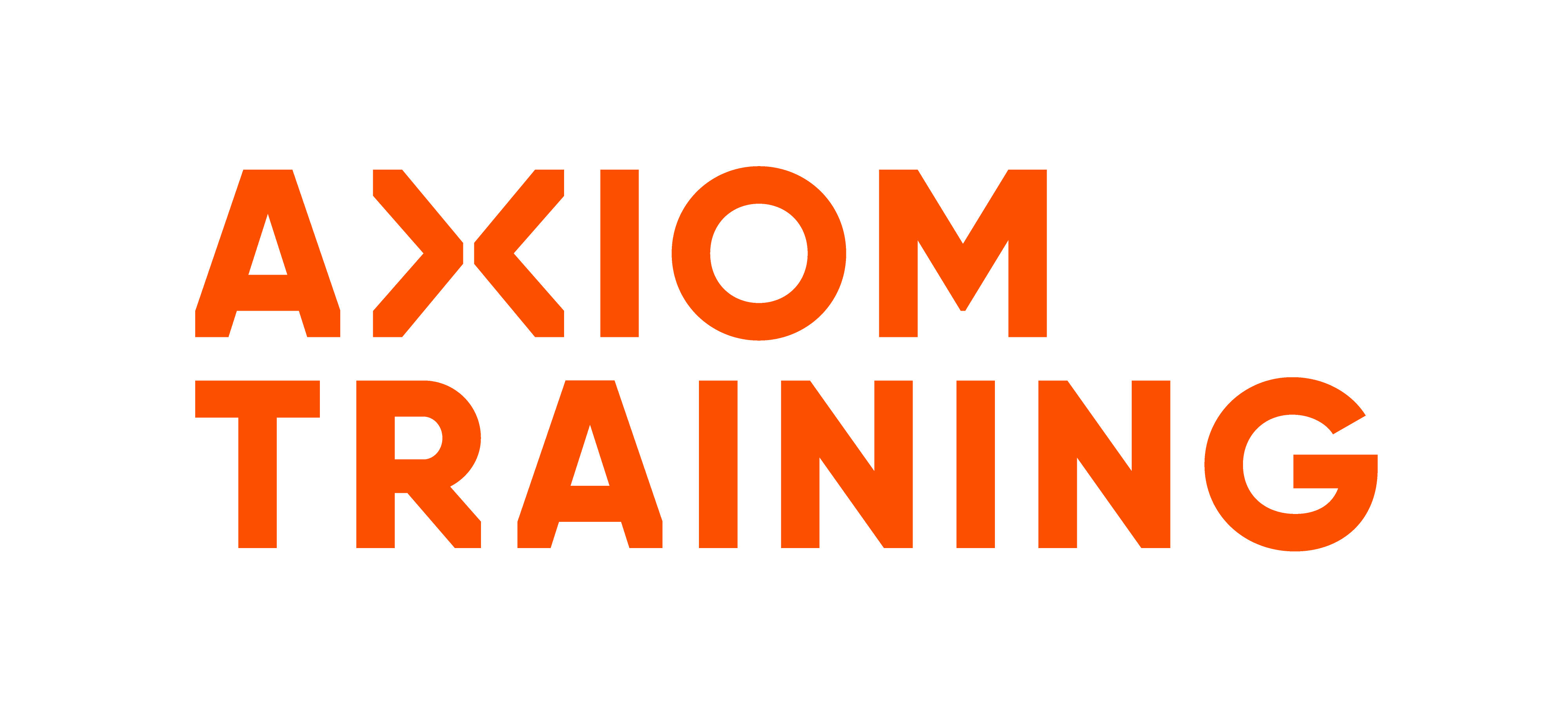Sling Regular Loads Safely
Key Information
Duration:1 Day (8 Hours)
Maximum Attendees: 6
Can fulfill 7-8 with additional charges
Training available nationwide at your own site or workplace
Price (excl GST)
$540 Per Person
Gain a working knowledge of how to sling loads safely as well as a broad understanding of relevant crane regulations.
This course will reinforce your knowledge of slinging loads safely. Included are a series of practical exercises, ensuring you are up to date with the skills needed to understand calculations in regards to lifting gear and working load limit tables and carrying out required duties. This course will also cover all relevant crane regulations.
In accordance with the requirements to maintain Consent to Assess for the unit standards taught on this course, Safety ‘n Action had this course pre moderated and approved by our standard setting body, The Skills Organisation.
Students need to have 3 months of work experience in the industry prior to doing the course.
Please bring along your ID - We need to verify the identity of students in attendance, please bring ID with you on the day of training.
Key Learning Outcomes:
- Demonstrate knowledge of hazards, hazard control and lift planning
- Demonstrate knowledge of lifting gear and working load limit (WLL) tables
- Prepare for, and sling regular loads safely
Entry Criteria:
-
All students are required to have a level of written and oral English equivalent to NCEA level 1 (year 11) or IELTS 5.5 or higher, to be eligible to attend our courses. The person responsible for making bookings or authorising attendance on the course must agree to these Terms and Conditions prior to acceptance of their student(s) onto the course. Where a student does not meet our English language requirement a reader/writer must be supplied by the student or the person responsible for authorising the student’s attendance. The reader/writer cannot be another student attending the same course.
All cranes, vehicles and equipment being used must have current certification, be well maintained and be in good/safe working condition for use.




